How to Fix a Frozen MacBook in macOS Ventura/Monterey/Big Sur
Are you terrified about how to fix a frozen MacBook? Though freezing of the Mac doesn't happen often, the situation is not entirely impossible. Here is the quick guideline to the methods to fixing it.
| Workable Solutions | Step-by-step Troubleshooting |
|---|---|
| Fix 1. Restart Your Frozen MacBook | The most popular solution to resolve the frozen MacBook problem is restarting the system...Full steps |
| Fix 2. Perform a Safe Boot | Mac Safe Mode lets the MacBook scan the startup disk to evaluate the problem...Full steps |
| Fix 3. Force Quit Frozen Mac Apps | One of the most effortless solutions to handle the MacBook frozen issue is to force quit applications...Full steps |
| Fix 4. Free Up your Mac's Disk Space | Sometimes, lack of space on the drive of the Mac can lead to this frozen situation ...Full steps |
| Fix 5. Disconnect All Your Peripherals | Malfunctioning of any of these peripherals can interfere with the MacBook and lead to system freezing...Full steps |
Various reasons contribute to such scenarios like the MacBook frozen in login screen, startup interface, or frozen with a black screen. For instance, there could be an error with the NVRAM or the PRAM, or it could be due to running too many apps and background processes.
Other reasons include the following:
- The crashing of apps
- Lack of space on the hard drive
- Malware
- Too much junk on the system
We understand the dilemma and confusion in such a state. This post will explore how one can fix a frozen MacBook in macOS Ventura/Monterey/Big Sur.
5 Ways to Fix When Macbook Is Frozen
Do you want to learn how to fix a frozen MacBook? We know that a freezing system can lead to confusion and chaos. In that case, knowing how to resolve the issue can make a great deal of difference.
Luckily, there are multiple ways to fix when MacBook is frozen. Let's take a look –
- Method 1. Restart Your Frozen MacBook
- Method 2. Perform a Safe Boot
- Method 3. Force Quit Frozen Apps on MacBook
- Method 4. Free up your Mac's Disk Space
- Method 5. Disconnect All Your Peripherals
Method 1. Restart Your Frozen MacBook
Perhaps, the most popular solution to resolve the frozen MacBook problem is restarting the system. It is the easiest fix and doesn't need much effort from the user. If your pointer can move, you must go to the Apple menu on Mac. After that, tap on Restart.
However, if you can't move or control your pointer, don't worry! There are other ways you can restart your MacBook. For instance, if your Mac has a DVD drive, you can press Command + Control + eject to quit apps and restart the system.
Another way is to hold down the Command + Control + power buttons. This method applies to Macs that come with the Touch ID. If simple restarting doesn't work, you must go ahead with force restart.
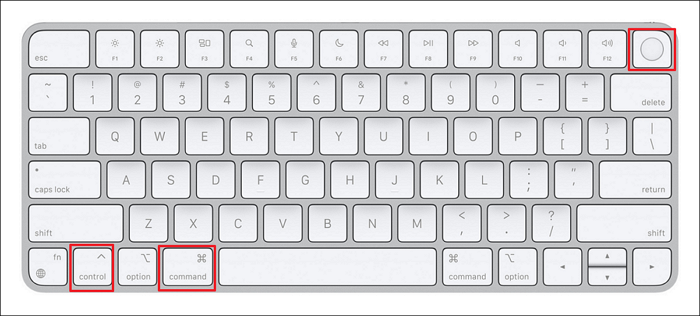
For that, find the power button and hold it for some time. You need to wait till the system shuts down. Now, wait for a few seconds and then release the button. After this, your MacBook will restart automatically.
Method 2. Perform a Safe Boot
Mac Safe Mode lets the MacBook scan the startup disk to evaluate the problem. Various assessments are made to detect and resolve the issues that lead to the freezing of the system.
Here are the steps you need to follow to boot the Mac in safe mode. Take a look –
Step 1. Turn off the system. (If that becomes difficult, you need to force shut down Mac.)
Step 2. Now, press the Power button to turn the system on.
Step 3. When you hear the welcome sounds, press the Shift key and hold it.
Step 4. Release the key when only you see the Apple logo on the screen.
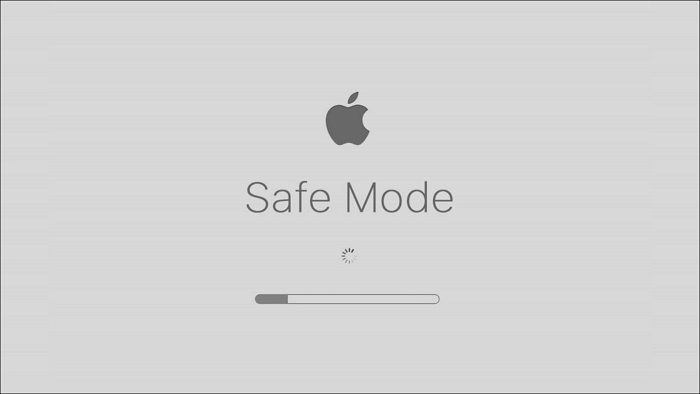
Step 5. You will see Safe boot in red on the screen (the upper-right part).
Step 6. Click the Continue in Safe Mode option.
Now, the MacBook will restart on its own. You will see Safe Boot within the menu bar of the login window. In most cases, booting the system on Safe mode resolves the problem.
Method 3. Force Quit Frozen Apps on MacBook
One of the most effortless solutions to handle the MacBook frozen issue is to force quit applications. However, sometimes, you won't even need to force quit. Wait for some time to see if the app unfreezes itself. If that doesn't happen, you can go ahead.
There are multiple ways to force quit the frozen apps on the system. These are –
Option 1:
Step 1. Go to the Apple Menu.
Step 2. Select the Force Quit option from the drop-down menu.
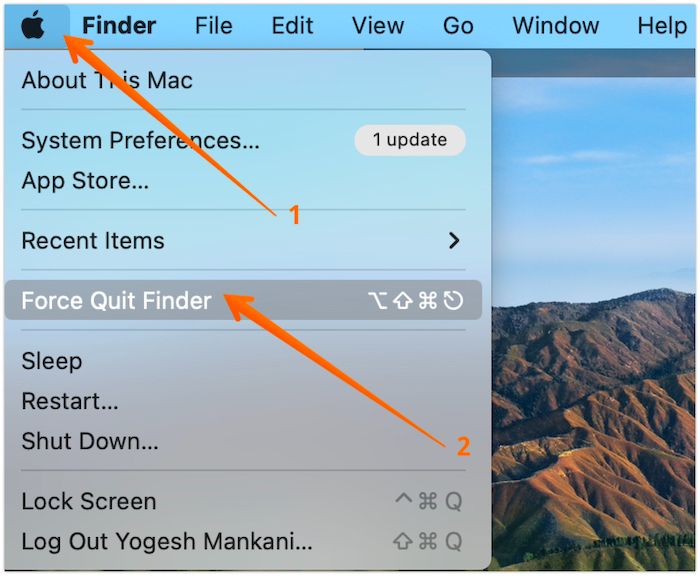
Step 3. Now, you need to choose the app you want to close in the Force Quit window,
Step 4. Click on the Force Quit button.
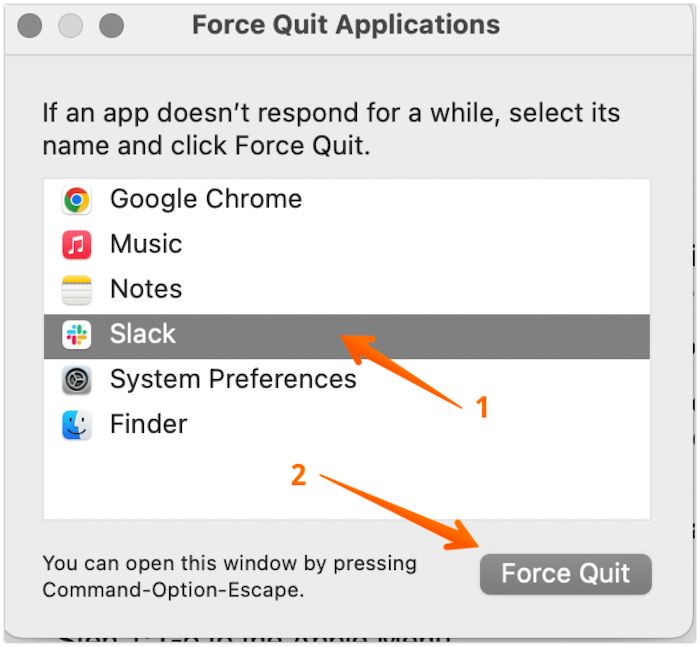
Option 2:
Step 1. Right-click the icon of the app you want to close.
Step 2. Here, you will get a list of options.
Step 3. From there, click on Force Quit.
Step 4. However, if you only see the Quit option, you need to press the Option key on the keyboard, and you will see the Force Quit option.
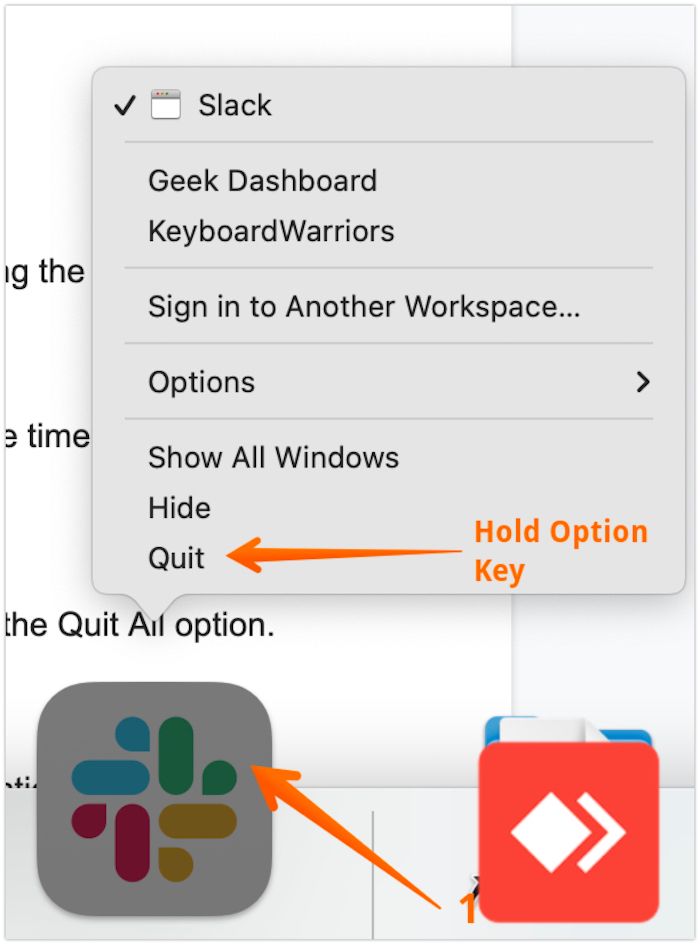
Option 3:
Step 1. Press and hold down Command, Option and Escape keys simultaneously.
Step 2. Choose the app you want to close in the Force Quit Window.
Step 3. After that, select the Force Quit button.
You can opt for the Quit All option if you don't know which app is causing the problem. If these methods do not work, you must proceed to other solutions.
Method 4. Free Up your Mac's Disk Space
Sometimes, lack of space on the drive of the Mac can lead to this frozen situation. In that case, you need to check out the system's storage capacity. For that, tap the Apple icon. After that, select About This Mac and then go to Storage. Here, you will see a bar that indicates the amount of storage space left.
There are various ways to free up the disk space on your Mac. Take a look:
- You can list the apps and extensions you don't use or need anymore. Uninstalling them will free up a lot of space. Remember that you can always reinstall them later (if required).
- Get rid of the Trash as often as you can. It will eliminate the junk that takes up unnecessary space within your system. Right-click on the Trash Can icon in the Apple Dock and choose the Empty Bin option.
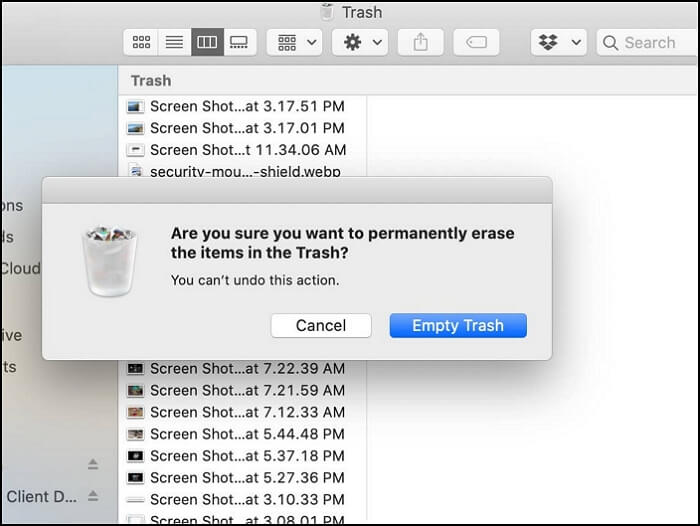
- Go to the Library folder and lookout for cache files. After finding them, delete them right away.
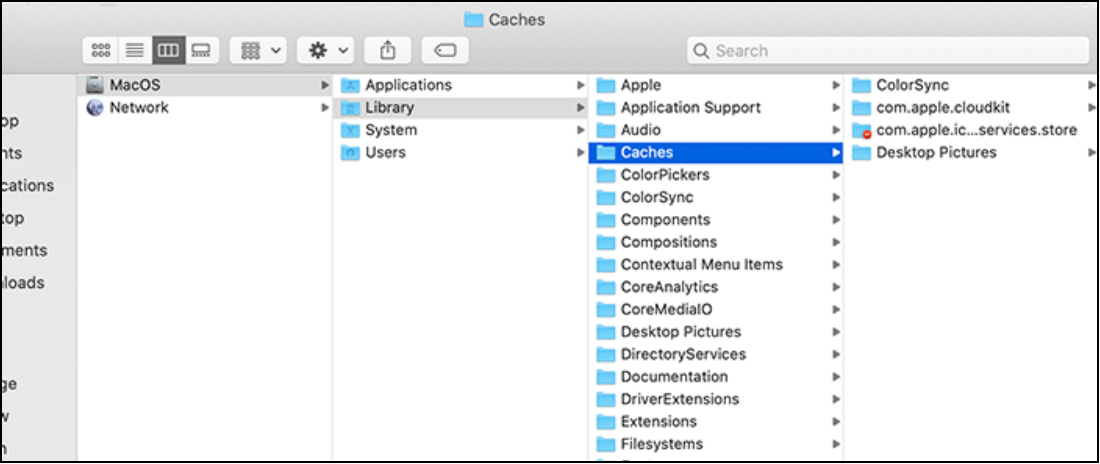
Identical files take up massive space and don't make any meaningful contributions. That is why you need to get rid of the duplicates immediately.
Heavy internet usage leads to the accumulation of browser cache. Though they aid in lading pages faster, they take up space. You need to ensure all the browser cache files are deleted.
Method 5. Disconnect All Your Peripherals
MacBook supports, and multiple peripherals can connect to it. These include a mouse, AirPods, Trackpad, external hard drive, keyboard, etc. In some cases, malfunctioning of any of these peripherals can interfere with the MacBook and lead to system freezing.
In that case, the best solution is to disconnect the peripherals. Make sure you unplug all of them. Now, start replugging the peripherals one at a time. That way, you can identify the reason for freezing with ease.
Unplugging a mouse or keyboard is relatively easy, and you need to disconnect the peripherals. But, in the case of an external storage device, it is a bit different. Here, you need to choose the item and then select File. After that, press the Eject button.
How to Recover Data from MacBook Black Screen
The sudden freezing of the MacBook is enough to send chills down your spine. Immediate thoughts about critical data loss enter your mind. Restarting your Mac after freezing can lead to the loss of specific data and files. If your Mac freezes on the login screen and can't boot, you can install Deep Data Recovery Bootable Media, one of the best data recovery software for macOS.
Deep Data Recovery for Mac
- Retrieve lost data from Mac irrespective of the cause, including sudden system crash or macOS frozen.
- Recover Trash on Mac, as well as Time Machine backup drives and fusion drives after Mac freezing.
- Recover data from various Mac-based devices, and recover data from dead MacBooks.
Do you want to know how to recover data after a sudden freezing issue? Take a look at these simple steps:
How to Create a USB Bootable Media
Step 1. Install and run Deep Data Recovery for Mac on another Mac computer, and select "File > Create Bootable USB". Then, choose a USB drive to create the bootable disc.
- Warning
- The creator will prompt to erase the drive to reallocate the space; then it can write the bootable files to this drive. Please back up all USB files before processing "Eraser".
Step 2. The program starts to create a 2GB space and save the boot files. The rest space on the USB can be still used for storage.
Step 3. Once it completes, please follow the guide to boot the corrupted Mac from the bootable disc and start the recovery. We suggest you restore the data to an external hard drive.
How to Recover Data from Mac Hard Disk
Step 1. Launch Deep Data Recovery software. Select file types and click "Next" to start
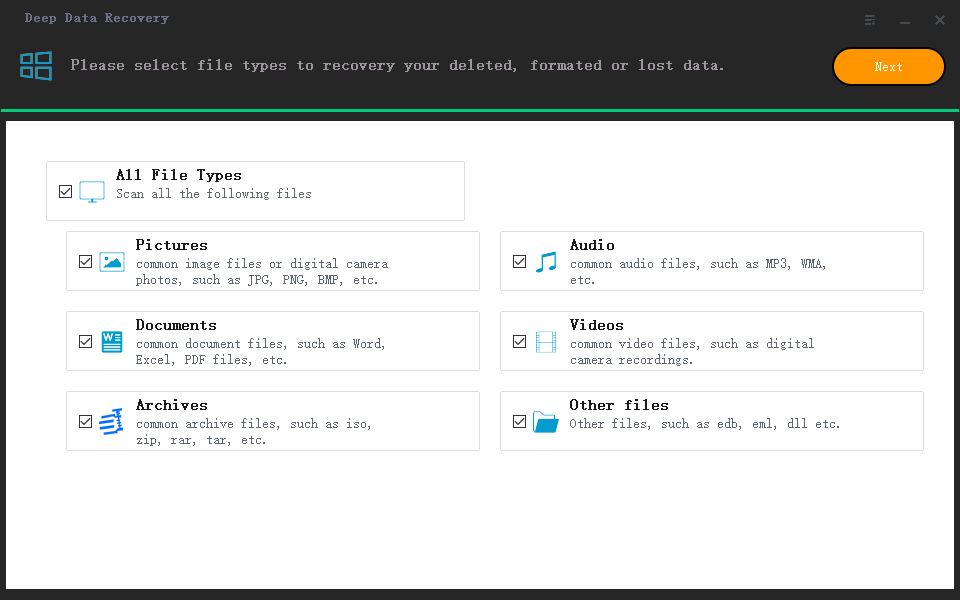
Step 2. Select the disk location (it can be an internal HDD/SSD or a removable storage device) where you lost data and files. Click the "Scan" button.
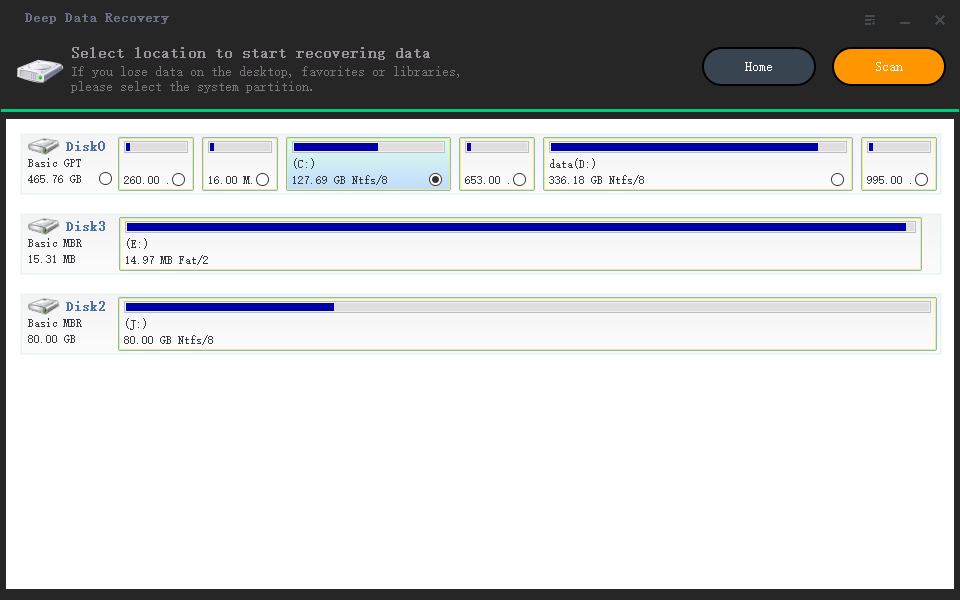
Step 3. Deep Data Recovery for Mac will immediately scan your selected disk volume and display the scanning results on the left pane.
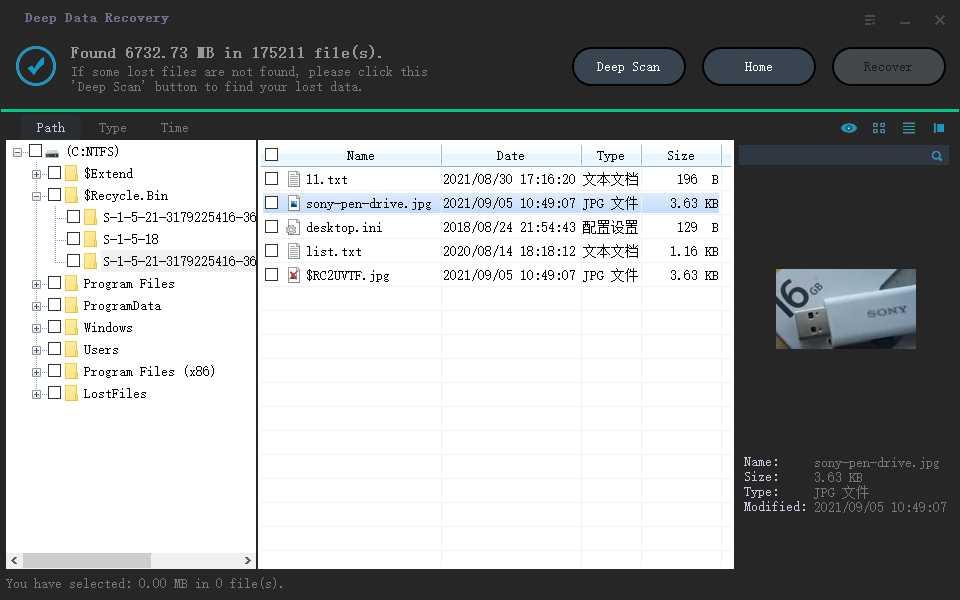
Step 4. In the scan results, select the file(s) and click the "Recover" button to restore data from Mac.
Years of experience in the industry have made Qiling uniquely capable of helping out Mac users. Moreover, you can always contact the support team if you have any issues while using the product. You can also opt for the free trial before making any purchase.
Final Thoughts
Though Apple strives for innovation and perfection, MacBook freezing can still occur. Various reasons can lead to this scenario. For instance, it can be a hardware problem or the usage of too many apps. It can also be due to apps crashing, lack of an update, and more!
In that case, it is vital to know how to fix the frozen MacBook. Otherwise, you will be stuck with a system that doesn't perform. However, in some cases, users can face data loss after un-freezing the MacBook. You can opt for the professional data recovery program - Deep Data Recovery for Mac. It is one of the most efficient data recovery software solutions for Mac. The program is easy to use and allows users to retrieve different data types. So, don't wait anymore? Try out Deep Data Recovery for Mac today!
MacBook Frozen FAQs
Now that you know how to resolve the frozen MacBook problem, you can get out of the situation. However, it is always better to learn more. For that, take a look at the questions and answers listed below:
1. Why is my MacBook frozen, and I can't click anything?
Multiple reasons can explain why your MacBook is frozen, and you can't click anything. For instance, an application error can lead to massive memory consumption, leading to a freeze. Apart from that, it can also be due to a malware attack, installation of third-party extensions and drivers, etc.
2. How do I force my MacBook to shut down with the keyboard?
It would be best if you pressed a few keys to force shut down Mac with the keyboard. It would help if you held down Control + Cmd + Power for some time. After a few seconds, the Mac will shut down. But before that, the system will ask you to save open documents.
3. How to quit a MacBook program when it's frozen?
You must press three keys simultaneously to quit a MacBook program when it's frozen. You must hold down Option, Command, and Esc (Escape). Alternatively, you can also go to the Apple menu and select the Force Quit option.
4. How to prevent my MacBook from freezing future?
There are various ways to ensure your MacBook doesn't freeze in the future. For starters, you need to be vigilant about macOS updates and update the system as soon as it's available. Apart from that, you need to edit apps and delete the ones you no longer need. Freeing up space on the hard drive is an excellent idea.
Related Articles
- Fixed: Windows 10 File History Doesn't Recognize the Hard Drive
- Where Is The Hard Drive on A Laptop?
- Fix Delete Volume Greyed Out in Disk Management on Windows 7/8/10/11
- How to Fix Dev Error 6634 in Warzone in Windows 10/11